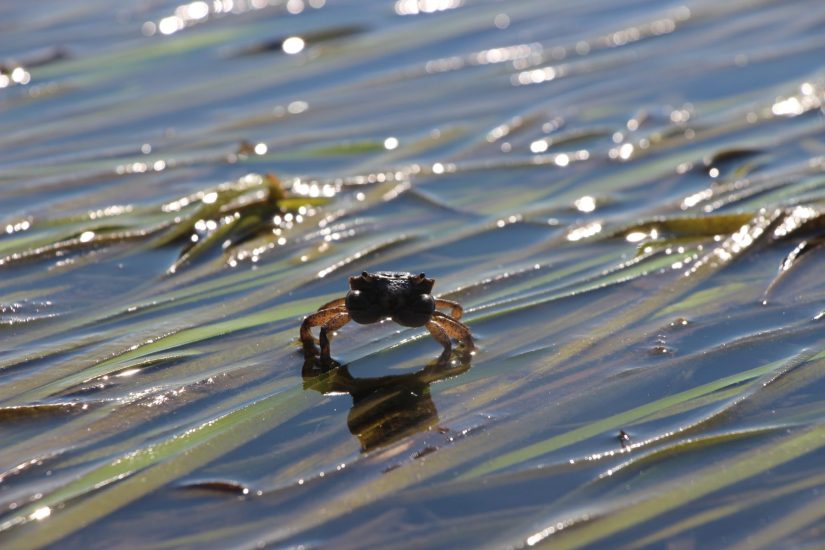Exploring the foraging ecology of crabs and fish in Washington’s aquaculture areas
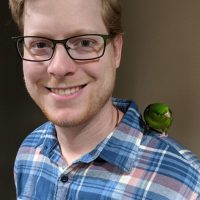
Washington State is the leading aquaculture shellfish producer in the United States and shellfish aquaculture has been a culturally and economically important part of the Pacific Northwest landscape for thousands of years. As part of his thesis project, SAFS master’s student, Karl Veggerby, explored the foraging ecology of crabs and fish inside shellfish areas.
The aim? To quantify how shellfish farms are used as foraging habitat for common nearshore species of fishes and crabs compared to unfarmed eelgrass meadows and mudflats.
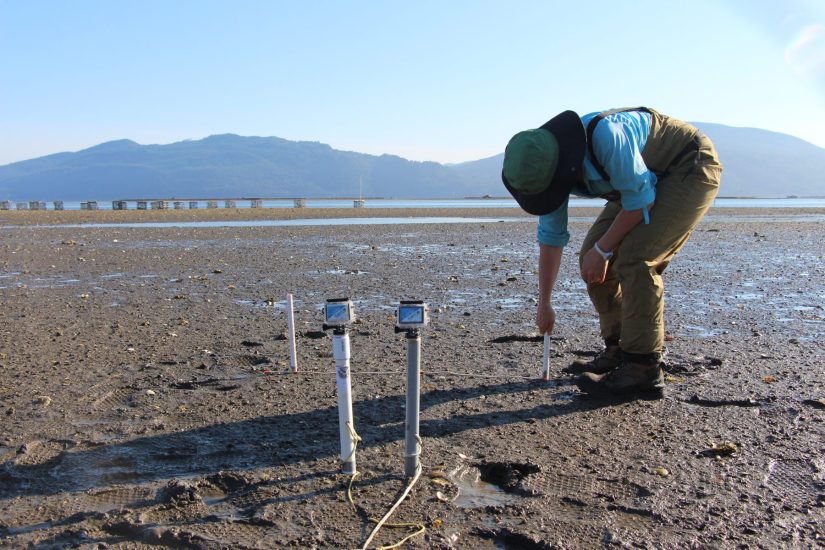
Using direct observations of species-specific behaviors in the Puget Sound from underwater video to model how habitat type affected observed foraging rates, the key objectives were to discover:
- How habitat type influenced observed feeding behavior
- How substrate cover (i.e. algae vs. eelgrass vs. bare) influenced observed feeding behavior
- Whether structure affiliated species used structurally complex habitats for foraging more than structurally simpler habitats.
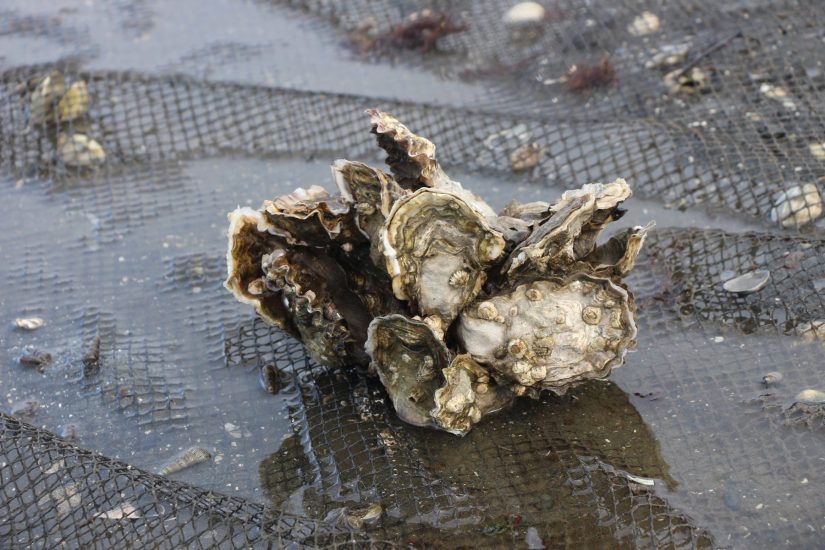
Supporting the idea that shellfish aquaculture provides equivalent foraging opportunities was the lack of clearly defined differences in foraging probability observed between cultivated and uncultivated habitat.
The results of the project indicated that oyster and clam aquaculture habitat provide foraging opportunities for several common species of nearshore fish, particularly surf perch, sculpins and small flatfish.
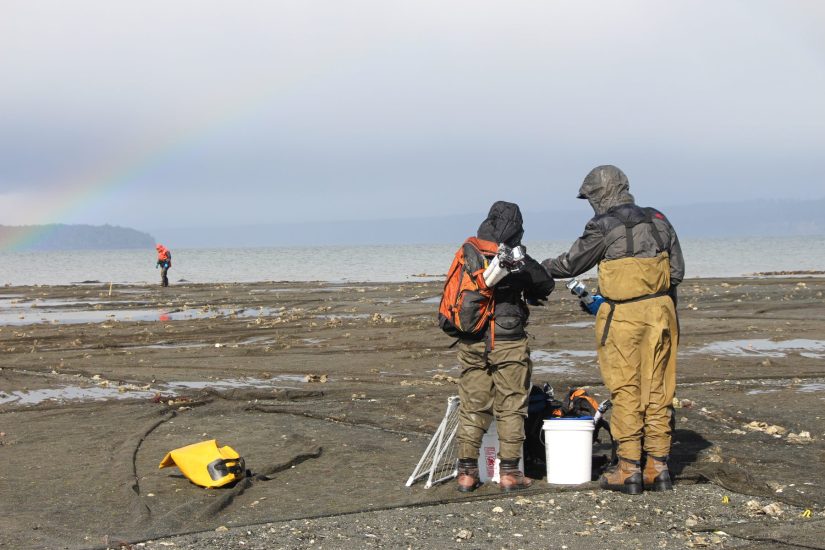
Higher feeding probabilities of surf perch directly above clam nets in South Puget Sound was observed, which were covered in thick filamentous algae. Likely providing attachment points for algae to adhere and grow, the nets created beneficial habitat for preferred prey items such as amphipods.
Collaborators on this project were Mark Scheuerell (SAFS), Bridget Ferriss (NOAA), Beth Sanderson (NOAA), Peter Kiffney (NOAA), Chelsea Wood (SAFS), and the data was collected during 2017 and 2018.
